|
Tracking our female ancestors can be a daunting proposition. They are often referred by everything but their entire name: “Mrs.” or “wife of” or “daughter of” with no seeming identity of their own. Who were these women? They were more than their husband’s wife or father’s daughter. Occasionally we are fortunate to find their full name in marriage records, baptisms and wills.
One place that you might not have considered for your female ancestor is in land records, particularly homestead records. Let’s explore a few ways where your female ancestor might show up. Land has been a motivator for migration for centuries. Measuring land, surveying land and homesteading land were key activities that drove the settlement of land in the United States and Canada. The settlement patterns of the “west” were shaped by how the land was measured. The six (miles) by six (miles) townships created communities within the counties.
While the definition of the “west” changed as settlers continued to move further west, the underlying motivation remained the same. People were looking for a way to improve their lives and care for their families. In Land Ho! I talked about the great information that we can discover in homestead records. We can find information such as the type of home build, crops planted and neighbors who testified on behalf our relative. Let’s look at how the way land was measured and plotted impacted our relatives. Photo by Eduardo Olszewski on Unsplash While I’m not about to dispense your medication, but I do want you to name your sources! For some reason, capturing our sources can be as painful as a dose of medicine. And like medicine, it might not be pleasant, but it is good for us and our research.
When we do our research and capture all the relevant information about our sources, we not only benefit our own work but also help others. These paper “bread crumbs” become even more important twenty, thirty, or fifty years from now when you might not even be around to ask where you got your data. Photo by Rana Sawalha on Unsplash Today we have a plethora of online records available on free and paid sites. As you plan your research, I found the FamilySearch Family History Research Wiki to be especially helpful in understanding what records and catalogs exist for a place or topic when using the www.familysearch.org. While I’ve used FamilySearch for many years, I didn’t realize the value of their Wiki until I started using it this past year. Not only does it tell you what is available but also where to find the information.
Today I’ll walk you through an example by looking at a favorite research location—Grey County, Ontario. Let’s say that I want to find out what land records are available in Grey County for the township of Bentinck. Here are the steps so you can replicate if you wish. This past weekend we paused from our holiday weekend to remember those who gave their lives for our freedom. These fallen heroes are the reason that we can enjoy the many blessings we have in our daily lives. Within your own family you may have relatives and ancestors who served, some not returning from their service.
If you have stories from your loved one’s experience in the military and they are comfortable sharing, now is the time to either record their memories or capture their words the next time their share their experiences. While Memorial Day focuses on those who gave their lives in service, anyone who served has given a portion of their life, away from their family and friends. |
AuthorWith a lifelong passion for genealogy and history, the author enjoys the opportunity to share genealogy tidbits, inspiring others to research and write their family story. Archives
July 2024
Categories |
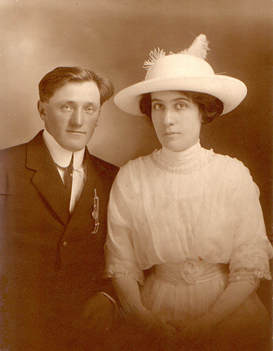
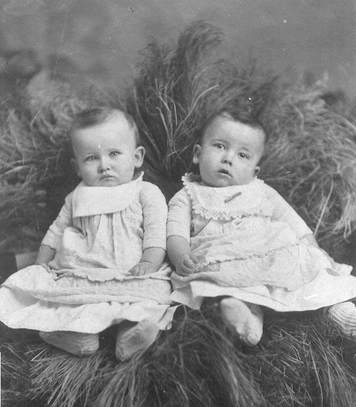
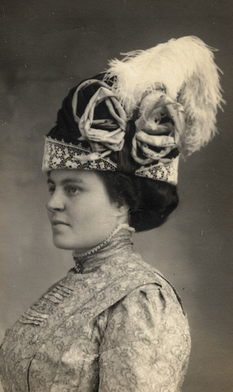
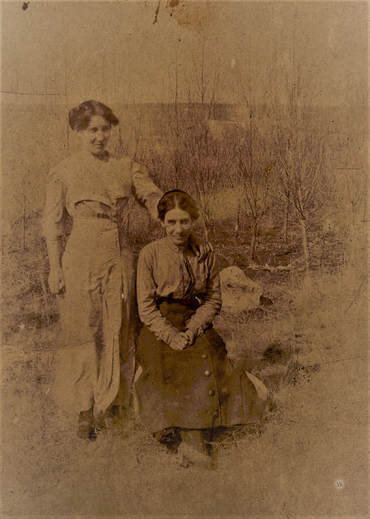
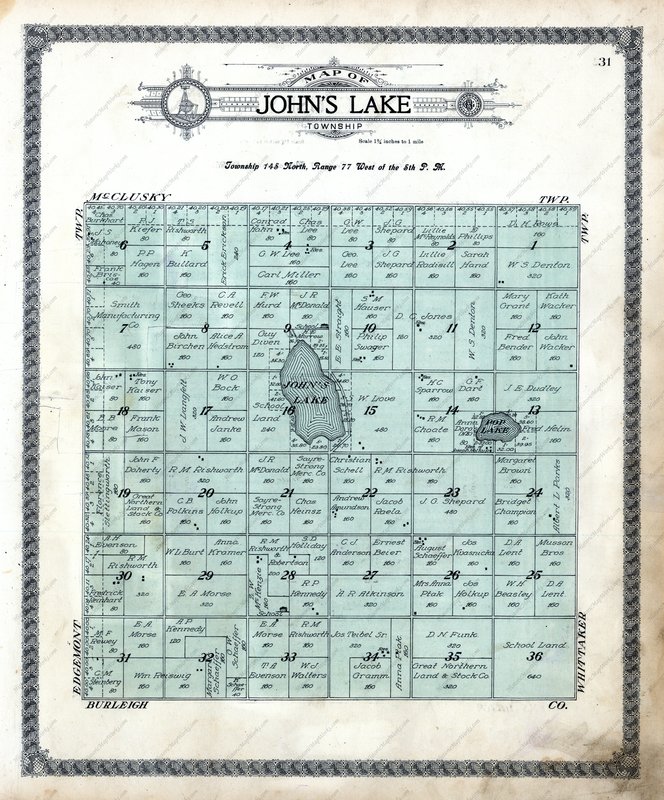



 RSS Feed
RSS Feed